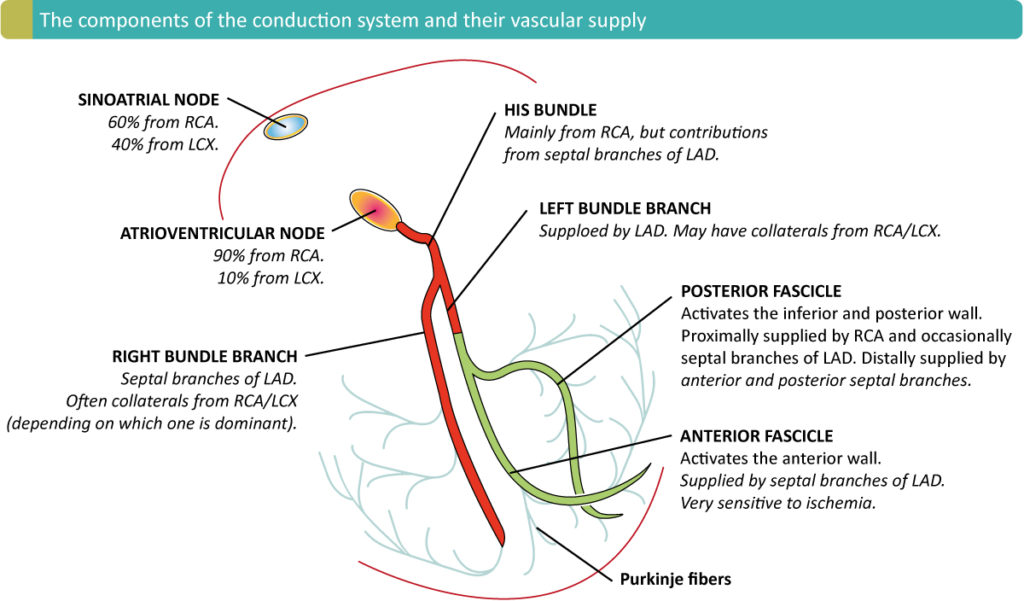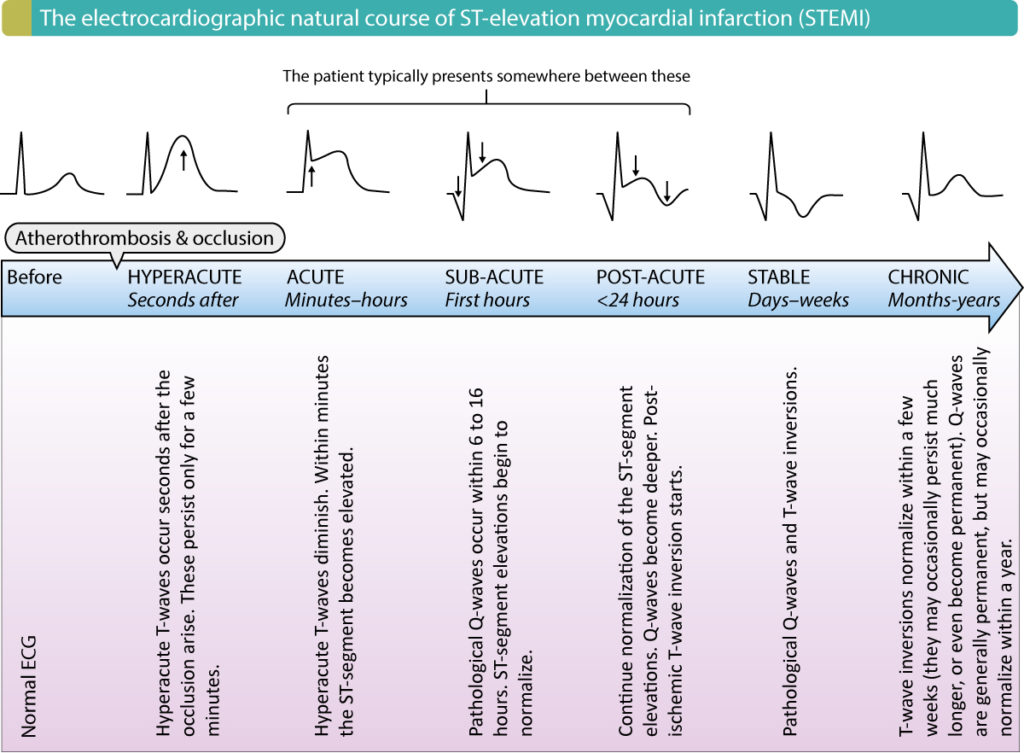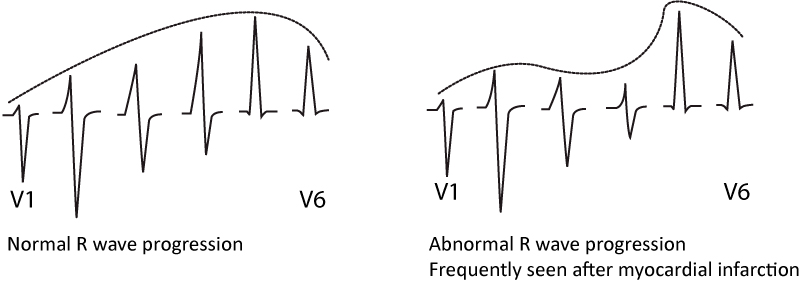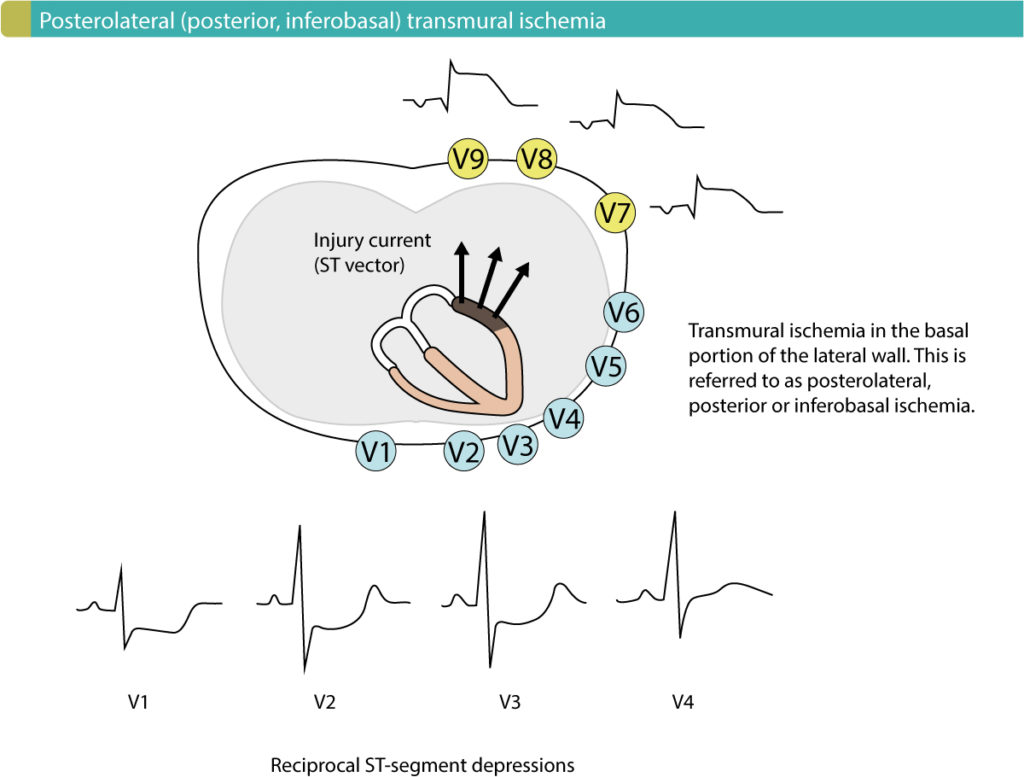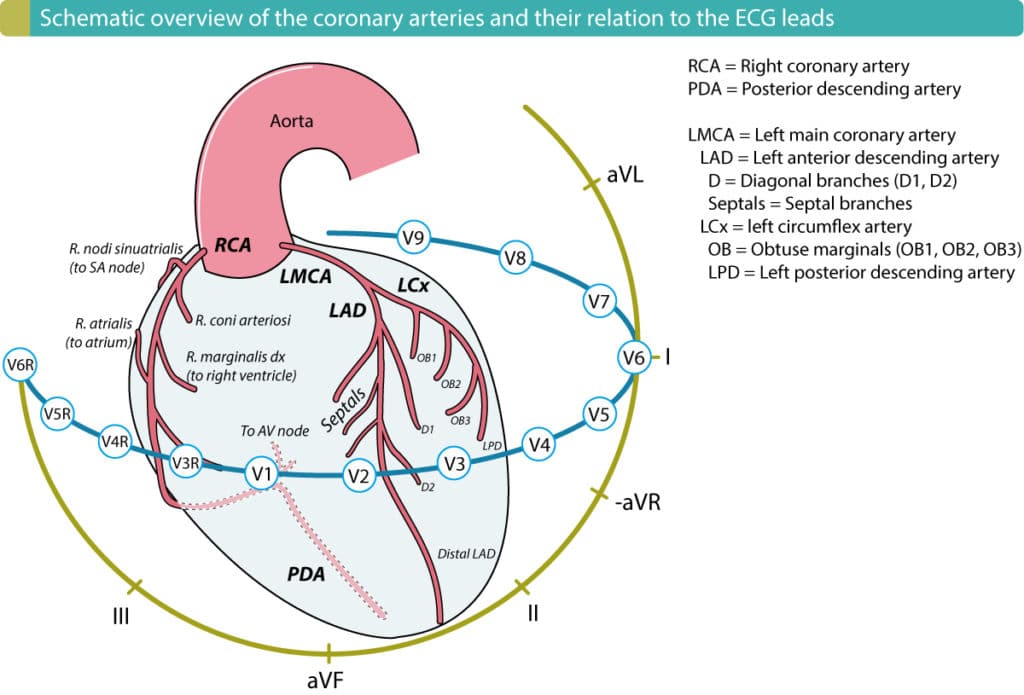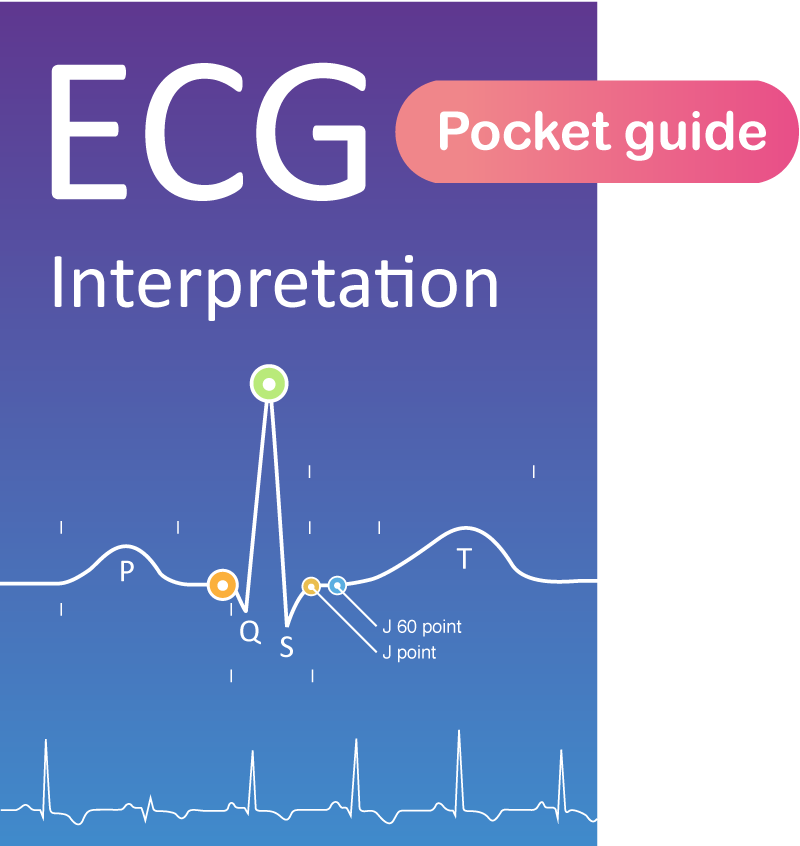ECG localization of myocardial infarction / ischemia and coronary artery occlusion (culprit)
Using the ECG to localize myocardial infarction and the coronary occlusion Determining the localization of myocardial infarction and ischemia, as well as identifying the occluded coronary artery…

